Your cart is currently empty!
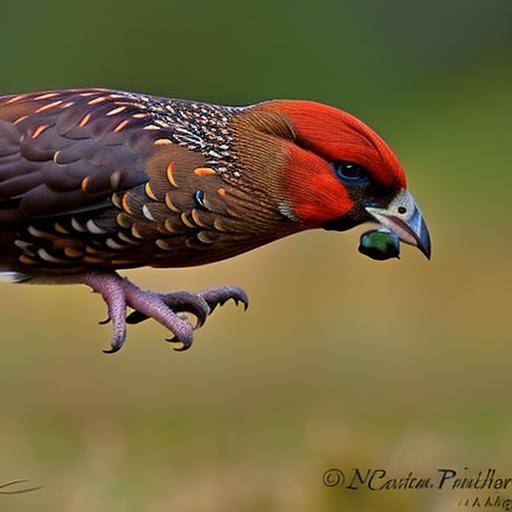
No Dog? No Problem! How to Hunt Pheasant Without a Dog and Still Bag Your Limit!

Table of Contents
Introduction
Many hunters, both seasoned and newcomers, often operate under the belief that to successfully hunt pheasant, a trusty canine sidekick is indispensable. While there’s no denying the sheer joy and advantage a well-trained bird dog brings to the field, it’s a misconception to think that one cannot venture into the pheasant hunting world solo. I’ve spent years mastering the art of how to hunt pheasant without a dog, and let me tell you, it’s not only possible but also incredibly rewarding. The challenges you’ll face when choosing to go solo can hone your skills, sharpen your instincts, and grant you a fresh perspective on the hunt. By understanding the pheasant’s behavior, equipping yourself appropriately, and adopting proven solo hunting strategies, you too can bag your limit. Whether you don’t have access to a dog, or simply wish to try a different hunting approach, this guide on how to hunt pheasant without a dog will provide insights, tips, and techniques to set you on the path to success.
Understanding Pheasant Behavior and Habitat
Pheasant’s Natural Habitat
Pheasants are majestic birds, known for their vibrant colors, particularly the males, which sport a dazzling mix of gold, brown, and green hues, coupled with a striking white collar. But to successfully hunt them, especially when you’re figuring out how to hunt pheasant without a dog, it’s vital to understand where they thrive. These birds have a penchant for a range of habitats, but they’re most commonly found in grasslands. These expansive fields, often interspersed with patches of shrubs or tall grasses, provide pheasants with both food and cover.
Apart from grasslands, wetlands are another favorite spot. The edges of marshes or ponds are often teeming with pheasants, particularly during early morning or late afternoon. Lastly, croplands, especially those bordering open fields or grassy patches, are frequented by these birds. Whether it’s a cornfield in the fall or a freshly harvested wheat field, pheasants utilize these areas for feeding, making them excellent hunting grounds.
Daily Movements and Patterns
Pheasants, like most wildlife, have predictable daily routines. And when you’re learning how to hunt pheasant without a dog, recognizing these patterns can be the difference between a successful hunt and a day of missed opportunities.
Morning is typically when pheasants venture out to feed. Dawn, just as the sun paints the sky with hues of orange and purple, is an opportune time to spot these birds. After their morning foray, they tend to rest and roost, hidden away in tall grasses or brush, evading predators and conserving energy. As the sun starts to dip, signaling the onset of evening, pheasants become active again, heading out for their evening meal. Understanding these feeding, nesting, and roosting patterns can give you the upper hand, letting you anticipate their next move.

Adapting Your Strategy
Having a dog often means you can rely on its keen senses to locate and flush out the pheasants. But when figuring out how to hunt pheasant without a dog, it’s all on you, and this requires a significant shift in strategy. Stealth becomes your most significant ally. Pheasants have keen eyesight and are always on the lookout for threats. Quick, unplanned movements can send them flying away before you even have a chance to aim.
It’s imperative to observe from a distance initially. Use binoculars if necessary. Watch for signs of movement in the grass or listen for the distinct calls. Once you’ve spotted them or believe you’re close, approach slowly, keeping a low profile. Remember, the art of observation isn’t just about seeing but also about understanding and predicting. By immersing yourself in the pheasant’s world, by understanding their habits, and by adapting your hunting techniques, you can master the art of hunting pheasants without the aid of a four-legged friend. And in many ways, this solo pursuit can be even more rewarding, offering a deeper connection to the land, the wildlife, and the hunt itself.
Gear Essentials for the Solo Pheasant Hunter
Choosing the Right Firearm
When venturing into the fields to hunt pheasant without a dog, your firearm becomes an even more critical component of your success. Pheasants are fast, agile birds, and missing a shot often means the game is over, especially without a dog to assist in retrieving or flushing. The choice of firearm and ammunition plays a pivotal role in improving your chances.
For pheasants, a 12 or 20 gauge shotgun is often the go-to for many hunters. These gauges offer a good balance of power and spread, making them suitable for hitting these agile birds in flight. If you’re newer to hunting or prefer a lighter firearm, the 20 gauge might be more to your liking. Experienced hunters might lean toward a 12 gauge for its versatility and slightly longer range.
Regarding shot types, a #4, #5, or #6 lead shot is typical for pheasant hunting. These sizes offer a good balance between range and pellet density, ensuring that when you do line up that perfect shot, the bird is efficiently and humanely taken down.
Clothing and Camouflage
Understanding how to hunt pheasant without a dog also means understanding how to become invisible – or at least, less noticeable. Pheasants have sharp eyes, and anything that seems out of place can send them scurrying or flying away. Your clothing plays a key role in this.
It’s essential to wear camouflage that matches the environment you’re hunting in. For grasslands, go for a camo pattern with more green and brown. In fall, when leaves are changing, consider patterns with a mix of browns, oranges, and yellows. Besides camouflaging, ensure your clothing is comfortable and protective. Pheasant habitats can be wet, cold, or thorny. Waterproof boots, durable pants, and a good quality hunting jacket are essential. Gloves and a hat or cap can provide additional concealment and protection against the elements.
Useful Gadgets
While your skills and instincts are paramount, a few select gadgets can make your solo pheasant hunting endeavors more productive. First and foremost, a good pair of binoculars is invaluable. With them, you can scout from a distance, reducing the chances of spooking birds while you search for their whereabouts.
Decoys can also be a game-changer. While more commonly associated with waterfowl hunting, pheasant decoys, especially when combined with a call, can lure curious birds into a more favorable position for you. This tactic can be especially useful in open fields where direct stalking might be more challenging.
Lastly, consider a portable blind or a seat. When you find a promising spot, sometimes the best strategy is to settle down and wait. A blind can give you a concealed position, while a seat ensures you do so comfortably.
Mastering the art of how to hunt pheasant without a dog is as much about your gear as it is about your skills and knowledge. Equipping yourself wisely can make your solo hunts not only more successful but also more enjoyable. Remember, it’s about the experience, the connection with nature, and the thrill of the hunt. With the right gear, every outing becomes a memorable adventure.
Techniques to Maximize Your Yield
Reading the Terrain
Arguably one of the most vital skills in understanding how to hunt pheasant without a dog is the ability to read the landscape. The terrain tells a story, one that can lead you straight to your prey if you know how to interpret its signs.
High traffic areas are places where pheasants frequently move. These areas might be marked by trails worn into the grass, a concentration of droppings, or even the remnants of their meals, like broken seeds or discarded insects. Understanding and identifying these signs can provide you with valuable information about their habitual routes and favorite spots.
Choke points are narrower passages where pheasants are funneled due to natural obstructions, such as water bodies, thickets, or abrupt changes in terrain. These are particularly strategic locations because they naturally concentrate the birds, making encounters more predictable. By positioning yourself near these choke points, you significantly increase your chances of intercepting a pheasant.
Stalking vs. Ambushing
When you’re figuring out how to hunt pheasant without a dog, your approach to the hunt becomes crucial. Two primary methods emerge: stalking and ambushing. Each has its advantages and challenges, and understanding these can help you decide which strategy to employ.
Stalking: This involves actively following and approaching pheasants. The advantage here is that you’re on the move, potentially covering more ground and coming across more birds. Stalking can be thrilling, as it often results in more direct encounters with pheasants. However, the challenge lies in remaining undetected. Pheasants have keen senses, and they’re always on alert. The art of stalking requires patience, stealth, and a deep understanding of the bird’s behavior to anticipate its moves.
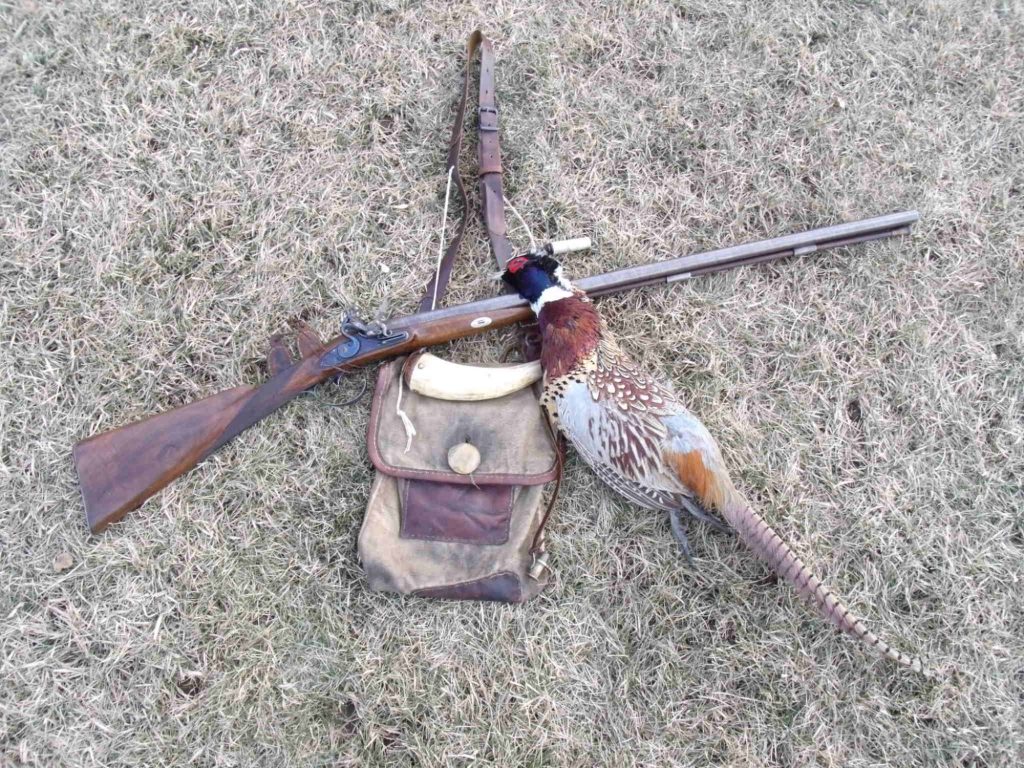
Ambushing: This is a more passive approach where you position yourself in a promising location and wait for the pheasants to come to you. Choke points, near water sources, or feeding areas are prime spots. The advantage of ambushing is that you reduce the risk of alerting the birds with movement. By staying still and blending in, you can often observe pheasants in a more natural state, unaware of your presence. The challenge, however, is the waiting game. Ambushing requires patience and a bit of luck, hoping that birds will come your way.
The Art of the Flush
If you’ve ever hunted pheasant with a dog, you’ll know that one of their primary roles is to flush the birds, startling them into flight, where they present a clearer shot. When learning how to hunt pheasant without a dog, mastering the flush becomes your responsibility.
Strategically, you’ll want to approach areas where you suspect pheasants might be hiding, such as tall grasses or brush. As you get closer, quicken your pace or create some noise. The goal is to startle the pheasant, prompting it to take flight. However, this needs to be a calculated move. Approach too quietly, and the bird might simply run away on the ground. Too much noise or abruptness, and you might scare the bird earlier than desired, making your shot more challenging.
Another tactic is to use a walking stick to tap the ground or rustle the grass. Sometimes, even throwing a small object into a suspected area can startle a hidden pheasant into flight.
Regardless of the method, the key is anticipation. Be ready, shotgun in hand, and as the pheasant takes off, be quick, but also measured, in lining up your shot.
Navigating the world of pheasant hunting without a dog can be challenging, but it’s also incredibly rewarding. By immersing yourself in the landscape, honing your understanding of the birds, and perfecting your approach, you can achieve great success. Each hunt becomes not just a pursuit of game but a deep dive into the art of hunting itself. And with these techniques under your belt, you’ll be well on your way to becoming a master solo pheasant hunter.
Related Questions
What’s the best time of day to hunt pheasant without a dog?
The best time of day to hunt pheasant without a dog is during the early morning and late afternoon. These periods are when pheasants are most active, as they’re usually out feeding, making them more accessible to spot. Early mornings offer the added advantage of dew on the grass, which can aid in tracking their movement. Late afternoons, as the sun starts to set, pheasants begin searching for roosting spots, making them more predictable.
How can you differentiate between male and female pheasants in the field?
Differentiating between male and female pheasants is relatively straightforward. Males, known as roosters, are more colorful, displaying vibrant plumage with shades of blue, green, white, and red, along with a distinctive long tail. Their heads typically have a striking white ring around the neck and bright red patches around the eyes. Females, or hens, are more camouflaged with brown, mottled feathers, which help them blend into their surroundings when nesting. Their appearance is more subdued, and they lack the flashy tail of the males.
Are there specific calls or sounds that can lure pheasants closer?
While pheasants aren’t as responsive to calls as some other game birds like turkeys, there are calls designed to mimic the sound of a pheasant. A rooster cackle or a series of short, sharp clucks can sometimes arouse the curiosity of nearby pheasants or even trigger a territorial response from a male. However, it’s essential to use these calls sparingly and in conjunction with other tactics, as overusing them can make the birds wary.
How does weather impact pheasant movements and hunting strategies?
Weather plays a significant role in pheasant behavior. On cold, clear days, pheasants tend to feed for longer periods, making morning and late afternoon especially fruitful. Overcast or drizzly days can sometimes see pheasants out and about throughout the day. However, during heavy rain or snow, they tend to hunker down in thicker cover. When hunting in these conditions, focusing on dense brush or sheltered areas can increase your chances. Windy days can also affect their hearing, which might require adjusting your approach to be even stealthier.
Is there a specific season that’s best for hunting pheasants solo?
The prime season for hunting pheasants solo often aligns with the general pheasant hunting season, which is typically in the fall. During this time, crops have been harvested, reducing cover and concentrating birds in specific areas. Moreover, young birds born in the spring are now mature enough to hunt but are still somewhat naive, making them slightly easier targets. As the season progresses and snow covers the ground, tracking and spotting pheasants can also become easier, making late fall an especially opportune time for the solo hunter.
Summary
As we’ve journeyed through this comprehensive exploration on how to hunt pheasant without a dog, I hope you’ve come to realize that while the hunt may pose different challenges, the rewards are equally gratifying. It’s about adapting, learning, and continuously refining your strategies. The ability to read the landscape, understand the creature you’re pursuing, and trust in your skills and gear brings a sense of accomplishment unparalleled by many other hunting experiences. And remember, hunting is as much about the experience, the connection with nature, and the stories you gather, as it is about the game you bag. So, the next time someone raises an eyebrow when you mention how you hunt pheasant without a dog, share your tales, your expertise, and the joy of the solo hunt. Every adventure in the field is an opportunity to learn and grow as a hunter, and going solo can offer lessons and memories you’ll cherish for a lifetime.

Herb has been a longtime lover of the outdoors. Whether it be hunting, camping, fishing or just getting outside to reset. Proud father and animal lover. Bourbon anyone?

by
Comments
6 responses to “No Dog? No Problem! How to Hunt Pheasant Without a Dog and Still Bag Your Limit!”
-
[…] If you’re interested in elk hunting, you might also enjoy reading our article on “How to Hunt Pheasant Without a Dog.” Pheasant hunting can be an exciting and challenging experience, and this article provides valuable tips and techniques for hunters who prefer to hunt without the assistance of a dog. Whether you’re a seasoned hunter or just starting out, this article will help you improve your pheasant hunting skills. Check it out here. […]
-
[…] If you’re interested in Utah guided elk hunts, you might also enjoy reading our article on “How to Hunt Pheasant Without a Dog.” Pheasant hunting can be a thrilling experience, and this article provides valuable tips and techniques for hunters who prefer to go solo. From scouting locations to using effective decoys, this guide covers everything you need to know to have a successful pheasant hunt. Check it out here. […]
-
[…] If you’re interested in hunting and want to expand your knowledge, you might also enjoy reading an article on “How to Hunt Pheasant Without a Dog” from Old Oak Syndicate. This informative piece provides tips and techniques for hunting pheasants without the assistance of a hunting dog. Whether you’re a beginner or an experienced hunter, this article offers valuable insights that can enhance your hunting experience. Check it out here. […]
-
[…] If you’re a fan of hunting memes, you might also enjoy this article on “How to Hunt Pheasant Without a Dog” from Old Oak Syndicate. It offers tips and techniques for those who prefer to hunt pheasants without the assistance of a hunting dog. Whether you’re a seasoned hunter or just starting out, this article provides valuable insights on how to successfully hunt pheasants on your own. So, if you’re looking for some helpful advice on pheasant hunting, be sure to check out this informative piece. Read more […]
-
[…] If you’re interested in Oregon cow elk hunts, you might also enjoy reading about “How to Hunt Pheasant Without a Dog.” This informative article from Old Oak Syndicate provides valuable tips and techniques for hunting pheasants without the assistance of a hunting dog. Whether you’re a seasoned hunter or a beginner, this article offers insights on scouting, shooting techniques, and strategies for a successful pheasant hunt. Check it out here! […]
-
[…] this article provides valuable tips and techniques for hunters who prefer to go solo. Check it out here to enhance your hunting skills and gear up for your next outdoor […]

Categories
- Big Game Hunting (301)
- Deer (202)
- Reviews (3)
- Shooting (16)
- Slingshot (1)
- Small Game Hunting (42)
- Upland Hunting (126)
- Waterfowl Hunting (3)


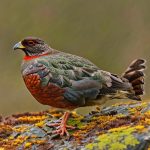
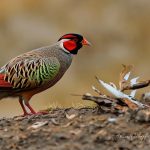
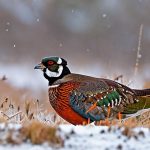
Leave a Reply